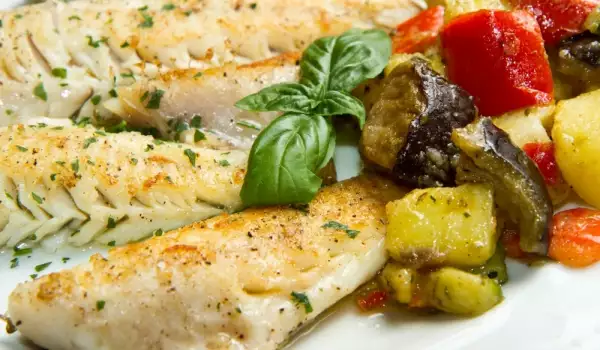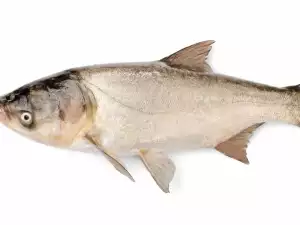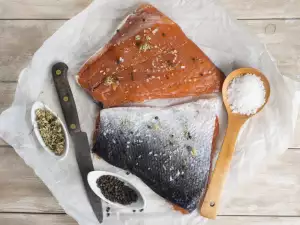Pangasius is a genus of freshwater catfishes from the Pangasiidae family. It is pervasive and used in fish farming in many regions, chiefly due to the fish fillet it yields.
Smaller and younger representatives of the genus are used as aquarium fish. Adult representatives of Pangasius reach more impressive sizes. Their body length can reach up to 5 ft (1.5 m) and weight may exceed 110 lb (50 kg).
The body of pangasius is colored silver, with it being lighter in the belly region, while there are darker tones on its back. Pangasius also have a horizontal mouth, flat head and black eyes. Examples belonging to the genus include the species Pangasius Hypophthalmus and Pangasius bocourti.
Pangasius Fish Farms
Pangasius originated from the rivers Mekong and Chao Phraya. Gradually, the locals began breeding the fish commercially. That is how in the 90s of the 20th century Vietnam began exporting serious quantities of this species worldwide. In parallel, the interest in seeking pangasius grew. The fish managed to quickly become part of the industry thanks to its unpretentiousness. It is relatively easy to care for, while at the same time growing fast.

In just 6 months, its weight comes out to 4.5 lb (2 kg), making it suitable for culinary use. A positive side to the fish is that it is not picky toward its food and does not require a lot of oxygen. A great majority of the fish are fed bananas, rice and other products. Pangasius fish have a tendency to eat practically anything. When they gain enough weight, they are filleted in factories and then exported worldwide.
The increased rates of production of pangasius became the reason for the introduction of new regulations. That is why 8 years ago a union called the Pangasius Aquaculture Dialogue was formed. Quality standards are put into place by it and questions by consumers of pangasius are taken into account.
Cooking Pangasius
Pangasius is counted as a white fish. The meat of the fish is white, delicate, juicy. A good thing about it is that the smell typical of most species is absent. In supermarkets, pangasius can be found sold in cuts. The fillets are offered frozen, fully cleaned. This makes them preferred by the average person, who finds the cleaning process unpleasant and tedious.
When buying pangasius, all you need to do is thaw it. Put the fish in a refrigerator for several hours. Then you can clean the fillets of any remaining ice pieces and begin preparation. Some folks prefer to drain the fillets since they release a lot of water quite often. Pangasius can be used in various recipes but is best for frying and baking. This fish is not particularly suitable for barbecuing, as the fillets are relatively thin.
They have a gentle and unobtrusive flavor that can be complemented with various spices. You can use black pepper, thyme, nutmeg, parsley, mint, lovage, dill and others. Combining the fish with garlic and lemon is also fine choice. Experienced chefs even add white wine and soya sauce.

What follows is a recipe with pangasius that can be whipped up in no time.
Ingredients: 3-4 pangasius fillets, 4 pickles, 2 oz black olives, 1 tomato, 7 oz spinach, 3 garlic cloves, olive oil, salt, black pepper, basil, dill, parsley, lemon juice.
Preparation: Leave the fish to thaw and drain. If the fillets are large, cut them in 2. Then place them in an oiled tray with all the spices and cut pickles, olives, tomato and spinach. Bake the dish 35-40 min. at 390°F (200 °C).
Benefits of Pangasius
Pangasius meat is a source of vitamin A, vitamin C and vitamin E. It also contains sodium, magnesium, iron, potassium, omega-3 fatty acids and others. It is healthy for people who have problems with the cardiovascular system and is recommended for those suffering from problems with the gastrointestinal tract.
Dangers of Pangasius
There exist contradictory opinions regarding this type of fish. According to the furious opponents of Pangasius it must not be consumed for a number of reasons. Some experts state that it is the dirtiest fish in the world because the waters of the Mekong river are polluted with waste and toxic chemicals.
They add also that those fish that are reared industrially are given hormones in order to grow faster in a shorter period of time. The same opponents warn that consuming pangasius is not only not particularly healthy, it can actually be quite harmful to the human body.














Comments